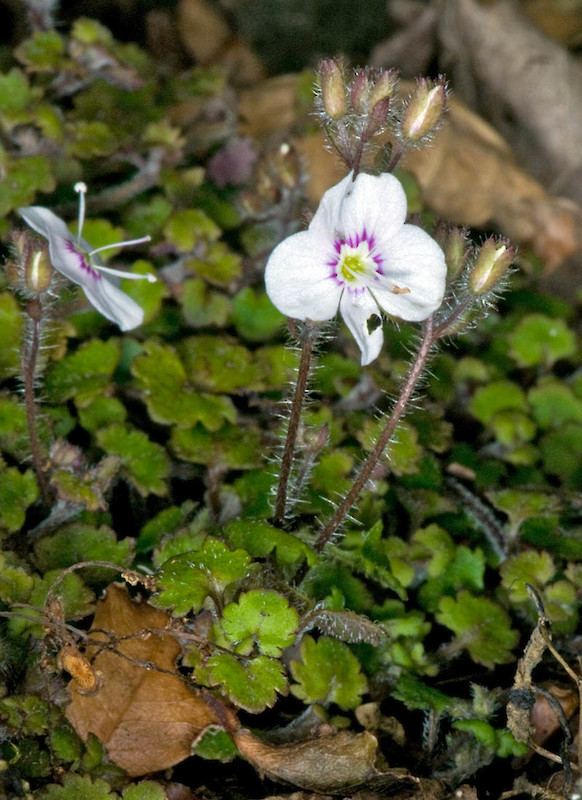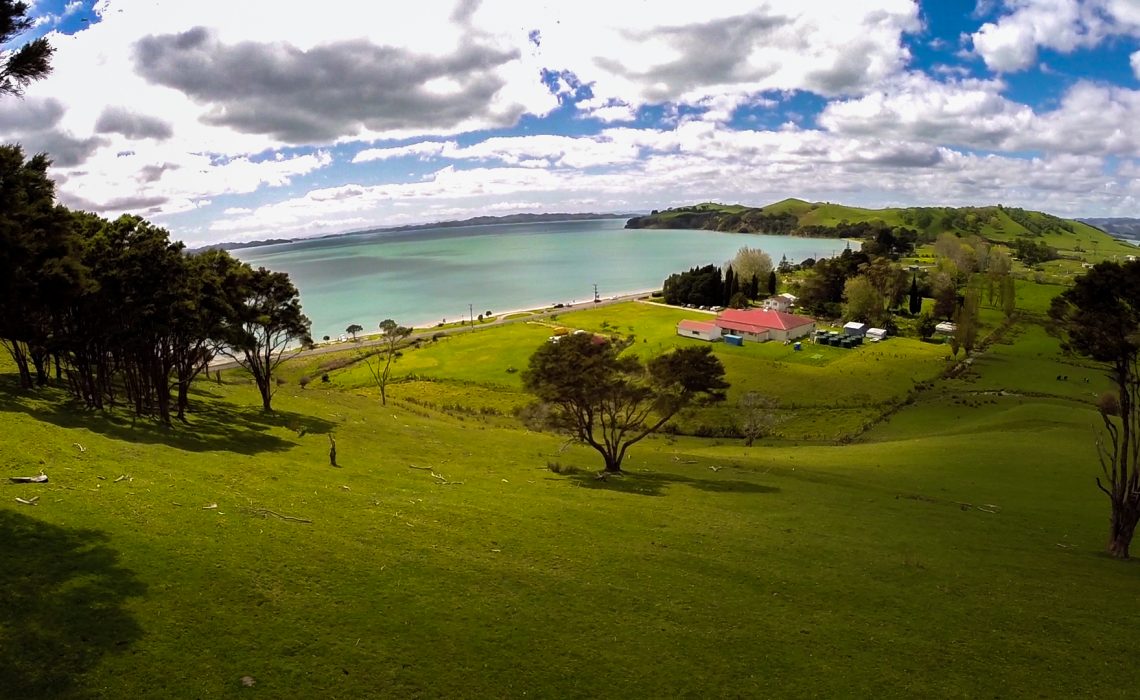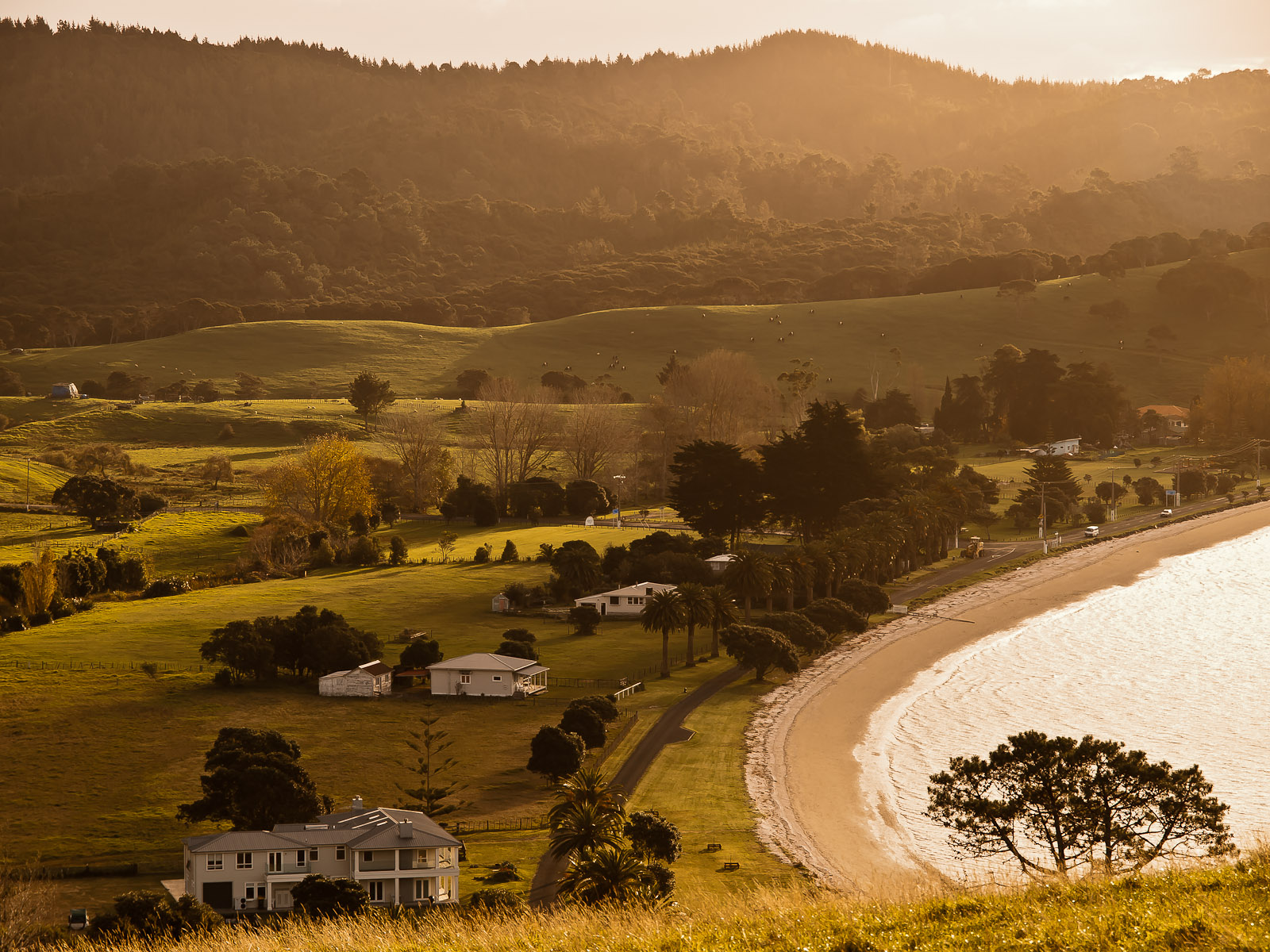|
Waipaparoa Howick Beach
Waipaparoa / Howick Beach is a beach in the Auckland Region of New Zealand's North Island. It is located in Howick. Description Waipaparoa / Howick Beach is located in East Auckland in Howick, adjacent to Mellons Bay in the west and Cockle Bay in the east. Waipaparoa / Howick Beach looks out towards the Tāmaki Strait, Waiheke Island, Motukaraka Island and Beachlands. History The Tāmaki Strait was visited by the ''Tainui'' migratory waka around the year 1300, and members of the crew settled around East Auckland and the Pōhutukawa Coast. These were the ancestors of the modern mana whenua of the area, Ngāi Tai ki Tāmaki. The traditional names for the beach and surrounding bay are Paparoa and Waipaparoa, with Waipaparoa referring to the wider bay between modern-day Howick and Beachlands, including the Turanga Creek. The Howick area was extensively cultivated, but as the area was relatively exposed, two fortified pā were constructed: Paparoa Pā at the south-easte ... [...More Info...] [...Related Items...] OR: [Wikipedia] [Google] [Baidu] |
Auckland Region
Auckland () is one of the 16 regions of New Zealand, which takes its name from the eponymous urban areas of New Zealand, urban area. The region encompasses the Auckland, Auckland metropolitan area, smaller towns, rural areas, and the islands of the Hauraki Gulf. Containing percent of the nation's residents, it has by far the largest population and economy of any region of New Zealand, but the second-smallest land area. On 1 November 2010, the Auckland region became a unitary authority administered by the Auckland Council, replacing the previous regional council and seven local councils. In the process, an area in its southeastern corner was transferred to the neighbouring Waikato region. Since then, the Auckland Council has introduced a system of local boards to divide the region for local government. Geography On the mainland, the region extends from the mouth of the Kaipara Harbour in the north across the southern stretches of the Northland Peninsula, through the Waitā ... [...More Info...] [...Related Items...] OR: [Wikipedia] [Google] [Baidu] |
Ngāi Tai Ki Tāmaki
Ngāi Tai ki Tāmaki is a Māori people, Māori tribe that is based in the area around Clevedon, New Zealand, Clevedon, part of the Auckland region (''Tāmaki'' in the Māori language). It is one of the twelve members of the Hauraki Collective of tribes. The founding ancestors of Ngāi Tai ki Tāmaki came to New Zealand in the ''Tainui (canoe), Tainui'' migration canoe and left it when it was dragged across Portages of New Zealand#Te Tō Waka, Te Tō Waka, the portage from the Tāmaki River to the Manukau Harbour. Their descendants occupied parts of the Hauraki Gulf, including east Auckland as far inland as Ōtara, and Maungarei, as well as Clevedon, Maraetai and Howick, New Zealand, Howick. Te Irirangi Drive, a major highway in Manukau City, is named after one of their ''rangatira'' (chiefs), Tara Te Irirangi. Ngāi Tai has a marae at Umupuia Beach, between Maraetai and Clevedon. They also use the Ngāti Tamaoho marae at Karaka, New Zealand, Karaka. In 2015 the Crown sett ... [...More Info...] [...Related Items...] OR: [Wikipedia] [Google] [Baidu] |
Environmental Protection Authority (New Zealand)
The Environmental Protection Authority (EPA; ) is a New Zealand government agency (Crown entity/agent). It is New Zealand's national-level environmental regulator. Its vision is "an environment protected, enhancing our way of life and the economy." As a Crown agent under the Crown entity model, the EPA operates at arm’s length from Ministers. Its independence in decision making is protected by statute and the established governance structures. A letter of expectations is issued annually by its responsible Ministers which, within the context of its independence, sets out the broad expectations of the Government of the day. History The Environmental Protection Authority was established on 1 July 2011 under its own Act, th The Act requires the EPA to carry out its functions in a way that: * contributes to the effective and transparent management of New Zealand's environment and natural and physical resources * enables New Zealand to meet its international obligations. As pa ... [...More Info...] [...Related Items...] OR: [Wikipedia] [Google] [Baidu] |
Umupuia
Duders Beach, also known as Umupuia Beach, is located in the Auckland Region of New Zealand, to the east of Maraetai on the North Road from Clevedon. Duder Regional Park is on the headland immediately to the east. The land was purchased in 1866 from the original Maori owners Ngāi Tai by Thomas Duder. Today the beach is divided between the "public beach" and a private beach owned above the high tide Tides are the rise and fall of sea levels caused by the combined effects of the gravitational forces exerted by the Moon (and to a much lesser extent, the Sun) and are also caused by the Earth and Moon orbiting one another. Tide tables ... mark by his descendants. Duders Beach has traditionally been a good source of seafood, notably shellfish, but stocks have been depleted in recent times. References Franklin Local Board Area Beaches of the Auckland Region Ngāi Tai ki Tāmaki Pōhutukawa Coast Populated places around the Hauraki Gulf Populated plac ... [...More Info...] [...Related Items...] OR: [Wikipedia] [Google] [Baidu] |
Wairoa River (Auckland)
The Wairoa River, also known as Wairoa South, is the second longest river in the Auckland Region of New Zealand's North Island. It flows south from its sources in the Hunua Ranges, then northwards into the Hauraki Gulf. The Wairoa Reservoir and Hūnua Falls form sections of the river, and the Wairoa River flows adjacent to the township of Clevedon, New Zealand, Clevedon. Description The river begins in the central Hunua Ranges, flowing south to the Wairoa Reservoir, and once exiting the Hunua Ranges changing course to flow northwards. Paparimu Road and Hunua Road follow the course of the river as it flows northwards through farmland. Much of the western Hunua Ranges flows into the Wairoa River, including Cosseys Creek and the Ōtau Valley, both of which have been dammed as freshwater reservoirs. In addition to these, the Wairoa River is joined by other tributaries: the Mangawheau Stream, the Hunua Stream which flows past the settlement of Hūnua, and the Taitaia Stream, wh ... [...More Info...] [...Related Items...] OR: [Wikipedia] [Google] [Baidu] |
New Zealand Land Commission
The New Zealand Land Commission was a 19th-century government inquiry into the validity of claims to land purchases by European settlers from the New Zealand Māori people made prior to 1840, when New Zealand was part of the Australian colony of New South Wales. The inquiry was designed to determine who owned what land, in order to formalise and regulate land ownership in the new colony. The commission carried out its work in two distinct sections—a three-man inquiry to examine purchases in general throughout New Zealand, and a one-man inquiry run by English lawyer William Spain to investigate just those purchases claimed by the New Zealand Company. The commissions were to advise the Governor of which claims were accepted, with the expectation that landowners would then be awarded a Crown grant to their property. The first inquiry ran from January 1841 to September 1844, and investigated more than 1000 claims throughout the country, with the majority of them in the Bay of Islands, ... [...More Info...] [...Related Items...] OR: [Wikipedia] [Google] [Baidu] |
Waitangi Tribunal
The Waitangi Tribunal (Māori: ''Te Rōpū Whakamana i te Tiriti o Waitangi'') is a New Zealand permanent commission of inquiry established under the Treaty of Waitangi Act 1975. It is charged with investigating and making recommendations on claims brought by Māori relating to actions or omissions of the Crown, in the period largely since 1840, that breach the promises made in the Treaty of Waitangi. The Tribunal is not a court of law; therefore, the Tribunal's recommendations and findings are not binding on the Crown. They are sometimes not acted on, for instance in the foreshore and seabed dispute. The inquiry process contributes to the resolution of Treaty claims and to the reconciliation of outstanding issues between Māori and Pākehā. In 2014, the Tribunal found that Ngāpuhi rangatira did not give up their sovereignty when they signed the Treaty of Waitangi in 1840. History In 1975, protests from indigenous peoples about unresolved Treaty of Waitangi grievances had ... [...More Info...] [...Related Items...] OR: [Wikipedia] [Google] [Baidu] |
South Auckland
South Auckland ( or ) is one of the major geographical regions of Auckland, the largest city in New Zealand. The area is south of the Auckland isthmus, and on the eastern shores of the Manukau Harbour. The area has been populated by Tāmaki Māori since at least the 14th century, and has important archaeological sites, such as the Ōtuataua stonefield gardens at Ihumātao, and Māngere Mountain, a former pā site important to Waiohua tribes. The area was primarily farmland until the mid-20th century, when the construction of the Auckland Southern Motorway led to major suburban development, and the establishing of Manukau City, which was later amalgamated into Auckland. Large-scale State housing in New Zealand, state housing areas were constructed in the 1960s and 1970s, which led to significant Urban Māori and Pasifika New Zealanders, Pasifika communities developing in the area. The presence of 165 different ethnicities makes South Auckland one of the most diverse places in Ne ... [...More Info...] [...Related Items...] OR: [Wikipedia] [Google] [Baidu] |
Pōtatau Te Wherowhero
Pōtatau Te Wherowhero (died 25 June 1860) was a Māori people, Māori rangatira who reigned as the inaugural Māori King Movement, Māori King from 1858 until his death. A powerful nobleman and a leader of the Waikato (iwi), Waikato iwi of the Tainui, Tainui confederation, he was the founder of the Te Wherowhero royal dynasty. His 1858 coronation followed years of efforts to create the Māori King Movement, Kīngitanga, a Māori monarchy intended as an equivalent of the Monarchy of the United Kingdom, British monarchy, and to foster Māori protest movement, Māori nationalism against settler encroachment. He was first known just as ''Te Wherowhero'' and took the name ''Pōtatau'' after he was crowned. As disputes over land grew more severe, Te Wherowhero found himself increasingly at odds with the Government and its policies. Although he accepted the throne reluctantly and reigned only briefly, he has been credited with establishing a number of historical precedents for the Kīn ... [...More Info...] [...Related Items...] OR: [Wikipedia] [Google] [Baidu] |
Tāmaki Māori
Tāmaki Māori are Māori ''iwi'' and ''hapū'' (tribes and sub-tribes) who have a strong connection to Tāmaki Makaurau (the Auckland Region), and whose rohe was traditionally within the region. Among Ngā Mana Whenua o Tāmaki Makaurau (the Māori tribes of Auckland), also known as the Tāmaki Collective, there are thirteen iwi and hapū, organised into three rōpū (collectives), however Tāmaki Māori can also refer to subtribes and historical iwi not included in this list. Ngāti Whātua Rōpū Ngāti Whātua descend from the '' Māhuhu-ki-te-rangi'' waka, which landed north of the Kaipara Harbour. The rōpū includes Ngāti Whātua o Kaipara, Ngāti Whātua Ōrākei and Te Rūnanga o Ngāti Whātua. Te Rūnanga o Ngāti Whātua is a Māori Trust Board formed in the mid 2000s to represent the interests of Ngāti Whātua iwi and hapū collectively, including those outside of Ngāti Whātua o Kaipara and Ngāti Whātua Ōrākei. The rūnanga represents Ngā Oho, Ngāi Tāhu ... [...More Info...] [...Related Items...] OR: [Wikipedia] [Google] [Baidu] |
William Thomas Fairburn
William Thomas Fairburn (3 September 1795 – 10 January 1859) was a carpenter and a lay preacher or catechist for the Church Missionary Society (C.M.S.) in the early days of European settlement of New Zealand. Early life He was born in England in 1795, and married Sarah Tuckwell on 12 April 1819 in St Johns Church of England, Parramatta, Sydney, NSW Australia. Missionary work in New Zealand He and Sarah sailed on the brig ''General Gates'' to New Zealand on 27 July 1819, accompanying Samuel Marsden on his second visit to New Zealand. In 1823, Marsden sailed on the ''Brampton'' on his fourth visit, bringing with him Henry Williams and his wife Marianne as well as Richard Davis and William Fairburn, and their respective families. In October 1833 he went with John Alexander Wilson, James Preece and John Morgan to establish a mission station at Puriri on the Waihou River. In 1835, Te Waharoa, the leader of the Ngāti Hauā ''iwi'' (Māori tribe) of the Matamata region, l ... [...More Info...] [...Related Items...] OR: [Wikipedia] [Google] [Baidu] |





